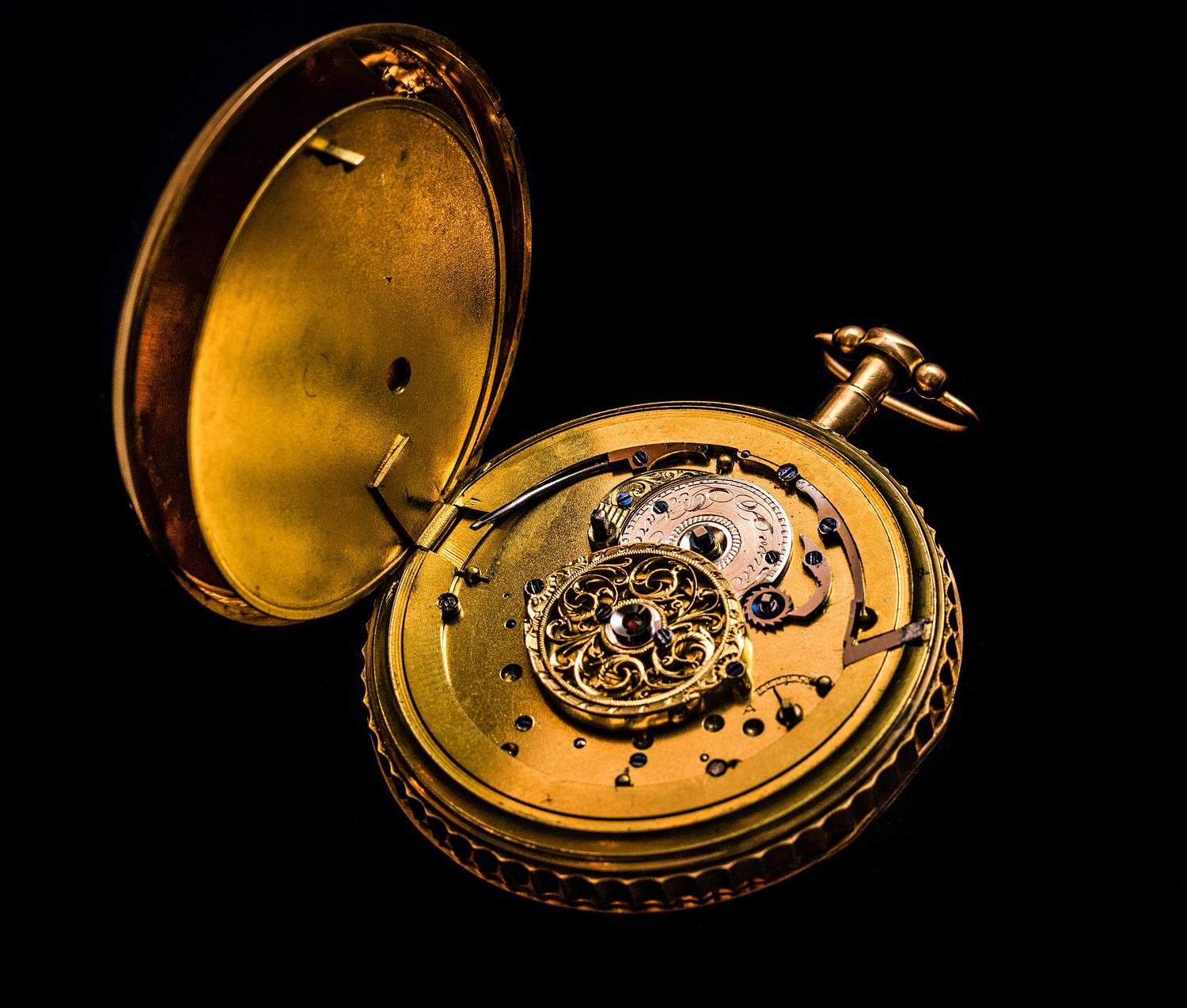As a professional consultant, I know I’m leaving myself open to the cynics who accuse us of ‘borrowing their watch to tell them the time’. I heard that age-old saying again recently (not aimed at I me, I hasten to add), and it got me thinking. Particularly as I am fond of a nice watch.
Perhaps surprisingly, I am comfortable with the accusation. Here is why.
Watches are complex
Good mechanical watches have somewhere between 60 and 200 moving parts. Every individual part needs to work properly or the watch won’t do its job. Most people have a watch and know what they want it to do (tell the time and look good). But most people have no idea how the complex mechanics in their watch function. They wouldn’t know which mechanism to examine if the watch wasn’t doing what they wanted. However, a trained watchmaker (or horologist to give them their proper name), understands the mechanics, knows where to look for problems, and knows how to address them. Most people are delighted to give their treasured but broken watch to an expert who has the skill and experience to mend it. The overall repair may seem small to the watch owner, but the knowledge of which piece to fix can take a lifetime to develop.
Watches are simple
A watch’s internal mechanics are complex, but the output is very simple - two hands on a single face pointing at numbers. Over time, the hands can start moving slower or just stop. Understanding and fixing complex operations that are then presented in a simple, straightforward way is a skill. It only looks simple because of the end result.
Watches evolve
There is also an old argument about ‘would there be a watch without a watchmaker’. It was used to debate the existence of a god, but the same could apply to organisations and how they work. They didn’t just appear or develop over time on their own. Someone has to design and update organisations in the same way that someone has to design watches which evolved from clocks in a room to an ornamental timepiece worn on clothing, to being hidden in pocket, to being showcased on a wrist. And it’s rarely the watch wearer who designs the watch. They know what kind of watch they desire and they want to wear it with pride, but they generally don’t know or are not interested in knowing how it works. They just want it to work.
Watches are innovative
Most people have a watch mainly to keep them on top of time. Increasingly, they rely on watches for more complex functions, like health and fitness, navigation, and communicating. If someone has an old watch that merely keeps the time, they may feel as if they’re missing out without a modern watch. To whom do they turn to help them understand smart watches and the benefits they can bring? Someone who has the job of keeping up to date with watch trends, knowing what model works best for what activity, providing expert advice suited to the individual wearer. Or even noting when a modern watch may not, in fact, be the best option for the consumer given their needs or resources.
Watches can be self-maintained
Sometimes with less expensive quartz watches (that are still quite complex and not just run by a battery), it can be fairly obvious that a like-for-like replacement is required. That decision doesn’t need the help of a horologist or technical expert. If people do approach these professionals for advice, the less scrupulous may advise to them to buy a watch they don’t really need.
The Consultant as a Horologist
So, watches appear uncomplicated. Fixing watches can appear easy. The skill of a good horologist (re: consultant) is to keep everything simple for the watch wearer (re: organisation). Like any industry, there will be less scrupulous people who want to turn the horology (re: consultancy) into a dark art and convince the wearer (re: leader) they need something they don’t.
If the organisation is not keeping time and they need help to understand the complexity behind a simple symptom of underperformance, then a good professional consultant should make it look like they have borrowed their watch and helped them get back on time.
Photo courtesy of David Bartus via Pexels.

